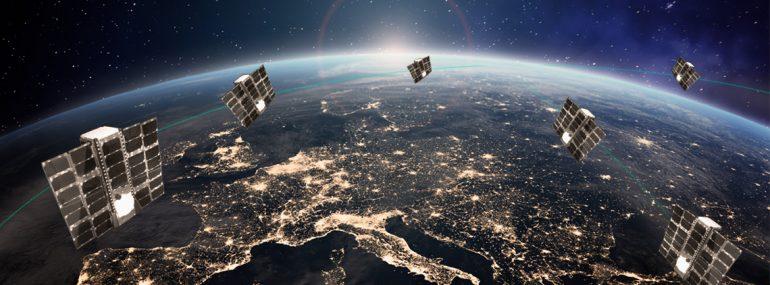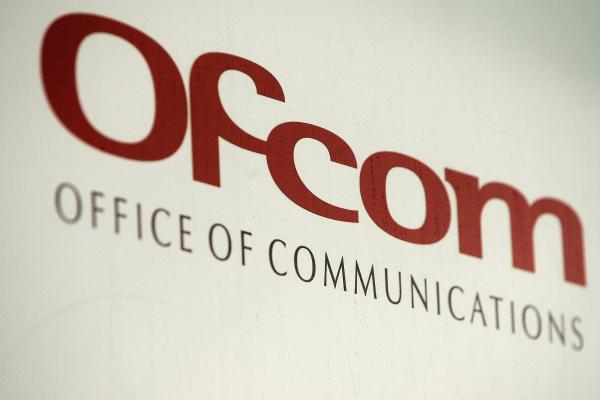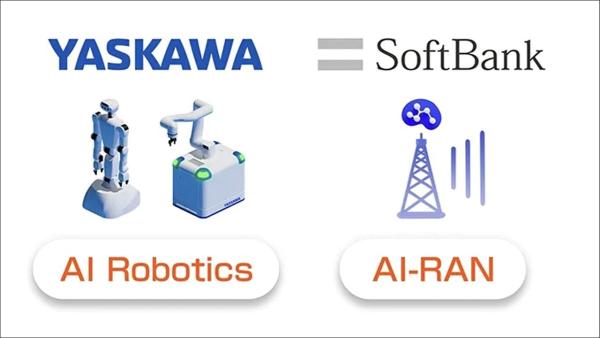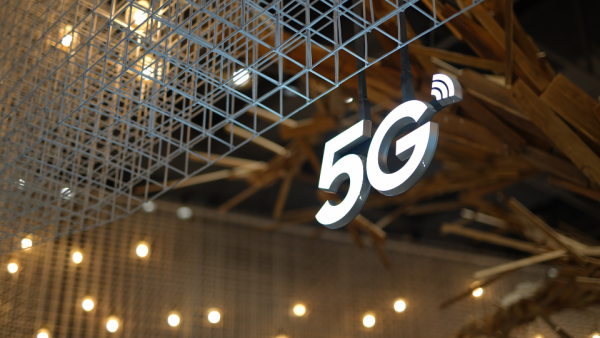Written by Andrew Wooden for Telecoms.com

Operator Telefónica and satellite firm Sateliot say they have successfully extended the reach of 5G into space ‘for the first time in the history of telecommunications’.
The test, which was supervised by the European Space Agency, provided satellite coverage extension to Telefónica’s cellular network through standard GSMA roaming using a regular SIM card on an IoT cellular device, which weas able to switch to the Sateliot network.
Something called ‘Store & Forward’ was implemented to complete the test, which is described as a two step authentication method created to support standard roaming with an operator and adapted to the Non-Terrestrial Network in low earth orbit.
This technology stores data when the satellite is not in position to connect with a ground station, and forwards it as it enters the coverage range, we’re told. This comes in handy for Sateliot’s ‘delay-tolerant’ IoT services for its early-stage constellation, where the number of satellites is still limited.
The firms claim this proves that a standard roaming connection can be authenticated by the Telefónica core through Sateliot networks, and ultimately means the latter can enter commercial operations for space-based connectivity in 2024.
What all this means, the firms say, is that Telefonica will be the first operator to provide customers with ‘NB-IoT everywhere-in-the-planet’ connectivity through a combo of cellular and satellite standard NB-IoT network and with commercial standard NB-IoT devices. Which is a bit of a mouthful, but basically seems to mean offering specifically IoT 5G connectivity in hard to reach areas.









